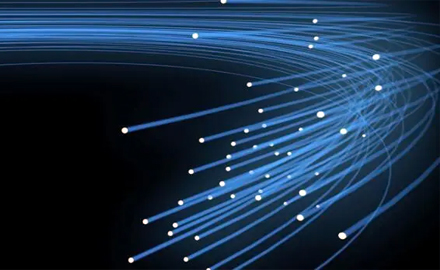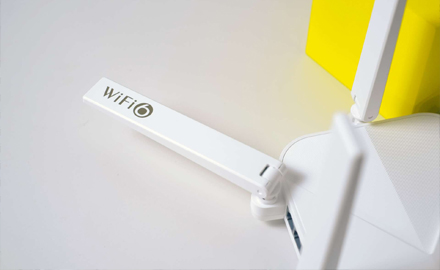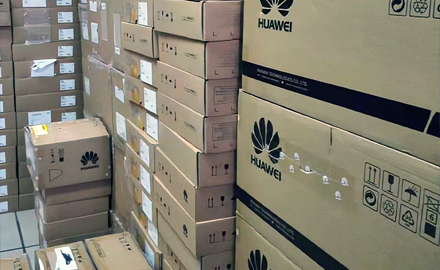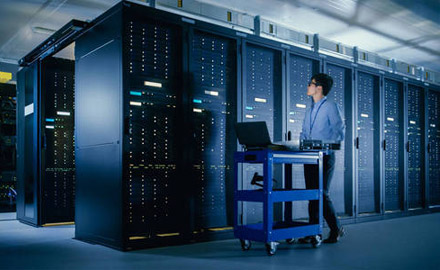Fiber-to-the-Home (FTTH) implementation involves deploying a high-speed fiber-optic network directly to individual residences or businesses. This technology provides extremely fast and reliable internet, television, and phone services. Implementing FTTH requires several key components and considerations:
1. Fiber Optic Cables: The core of FTTH is the installation of fiber optic cables. These cables are made of glass or plastic fibers that transmit data as pulses of light. They can be buried underground, strung on utility poles, or installed in other ways depending on the local infrastructure and regulations.
2. Distribution Points: Optical distribution points are used to split the fiber signal into multiple connections, usually for each individual home. These can be located in underground vaults, on utility poles, or in dedicated cabinets.
3. Optical Network Terminal (ONT): The ONT is the device that connects the fiber optic cable to the customer's premises. It converts the optical signal into electrical signals that can be used by the customer's devices, such as computers, phones, and TVs. The ONT may also provide Voice over IP (VoIP) for phone services.
4. Router and Modem: A router is typically required to create a local area network (LAN) within the customer's premises. In some cases, a modem may also be needed if the FTTH service is delivered over a hybrid network, which includes both fiber and traditional coaxial cable.
5. Fiber Drops: Fiber drops are short lengths of fiber optic cable that connect the distribution point to the ONT inside the customer's home or business. These are usually buried or strung along utility poles.
6. Fiber Splicing and Termination: Fiber optic cables often need to be spliced and terminated at various points in the network. This requires specialized equipment and expertise to ensure low signal loss and high reliability.
7. Power Supply: The ONT and other equipment may require power. This can be provided via a direct electrical connection or through Power over Ethernet (PoE) technology.
8. Permits and Regulations: Implementing FTTH often involves obtaining permits and complying with local regulations, especially when it comes to digging trenches, installing cables on utility poles, or working in public rights-of-way.
9. Customer Installation: Once the infrastructure is in place, technicians need to visit customer premises to install ONTs, routers, and ensure that the customer's devices are properly connected to the FTTH network.
10. Testing and Quality Assurance: Rigorous testing and quality assurance processes are essential to ensure that the FTTH network is functioning correctly, providing the promised speeds, and meeting reliability standards.
11. Maintenance and Support: After installation, ongoing maintenance and customer support are crucial to address issues, troubleshoot problems, and ensure that the network continues to operate efficiently.
12. Subscriber Management: Implementing a system for managing subscriber accounts, billing, and customer support inquiries is essential for a successful FTTH deployment.
13. Scalability: Considerations for future growth and expansion of the FTTH network are important to accommodate increased demand and technological advancements.
FTTH implementation can be complex and may require collaboration between telecommunication providers, local government authorities, and utility companies. It's essential to conduct thorough planning, engineering, and project management to ensure a successful deployment.
 What is the Role of EDFA in FTTH?
What is the Role of EDFA in FTTH?
 The Difference Between AX1800 ONU and AX3000 ONU
The Difference Between AX1800 ONU and AX3000 ONU
 How are Huawei OLTs Classified?
How are Huawei OLTs Classified?
 The Future Trend of Optical Line Terminals (OLTs)
The Future Trend of Optical Line Terminals (OLTs)